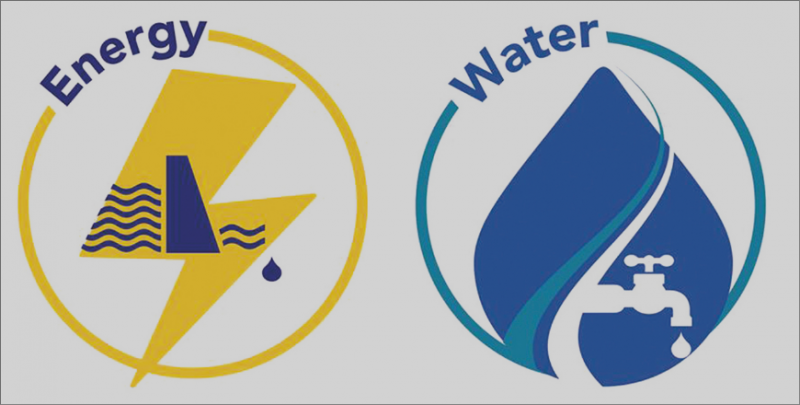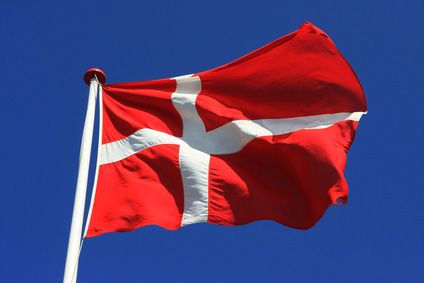Denmark Cracked ‘Secret Code’ in Water-Energy Nexus
Published on by Water Network Research, Official research team of The Water Network in Government
Thanks to determined policies, Denmark has succeeded in breaking the seemingly inextricable linkage between water and energy use.

But replicating the Danish model at European level won’t be easy, policymakers warn.
When it comes to environmental performance, Scandinavian countries are usually world leaders. And the so-called water-energy nexus is no exception.
“The Danish story on water is actually a fairy tale,” said Katrine Rafn, director for water resources at the Danish environment ministry. Over the last 30 years, she said Denmark has “succeeded in cracking the code” when it comes to combining economic growth with energy-efficient water management.
“The secret code is a spicy mix of policy development, intelligent regulation and technological innovation” involving cooperation between public authorities, private sector and water utilities, she told policymakers at a EurActiv event.
“Dealing with the energy efficiency of water management is about dealing with the entire water cycle,” Rafn explained. “It’s about water consumption, extraction and distribution, it’s about wastewater transport and treatment – it’s about everything.”
Energy production can be water-intensive. It is used in power generation, primarily for cooling thermal and nuclear power plants, but also in biofuels production and to clean up solar panels in concentrated solar power plants.
The International Energy Agency recently turned the spotlight on the water-energy nexus. In its latest World Energy Outlook, released on 16 November, it said almost all of the weaknesses in the global energy system – whether related to energy access, energy security or the response to climate change –, can be exacerbated by changes in water availability.
“The water business uses a lot of energy – about 4% of all the electricity on the planet,” said Mads Warming, global director for water and wastewater at Danfoss, a Danish engineering company, which supported the EurActiv event. That figure is expected to double by 2040 if no action is taken, the IEA report said.
“What we have shown is that it is possible to bring that down to zero,” Warming told the conference.
 Danish story
Danish story
Denmark started realising in the 1970s and early ’80s that something needed to be done to make water management less energy-intensive.
Back then, Denmark suffered from over-extraction of groundwater, pollution from wastewater in rivers and coastal regions, as well as high water consumption and low efficiency, the Danish official said.
Since then, Denmark has managed to reduce water use down to 107 litres per capita on average per year. In Copenhagen alone, consumption was reduced by 42% since 1985.
And the industry has also succeeded, Rafn said. At utility level, leakage was reduced to 8% average across the nation. Aquifers from which groundwater is extracted have been mapped comprehensively, allowing to “gain control of the resource,” the official said. “We know where they are and how much they are so we can protect them from pollution and over-exploitation”.
Reflecting a fundamental change in approach, Rafn said Danish authorities were now no longer referring to wastewater but to “resource water” instead.
Water pricing is key
As a result, the Danish water sector only uses 1.8% of the nation’s total energy consumption. And the technologies are there to make the sector energy neutral “right now”, the Danish official stressed.
The city of Aarhus, for instance, wants to make the water cycle energy neutral by 2020, said Lars Schröder, CEO of Aarhus Water who was speaking at the event. And other cities in Denmark have similar objectives.
Asked why the rest of the world wasn’t copying the Danish example, Mads Warming from Danfoss replied: “People generally believe that everything is expensive in Denmark, including electricity.” But he swiftly refuted that claim, saying electricity prices were higher in Germany and the UK, double in Italy, and on level with prices seen in Brazil and China.
“Does this sound too good to be true? Well, it can be done,” Rafn said, citing water pricing with “full cost recovery” as a driver behind the Danish success story.
“The water price includes the entire water cycle, including investments in new technology,” Rafn pointed out, saying Denmark introduced a penalty tax on water utilities as an incentive to stay below the 10% leakage mark.
Another idea currently being implemented in Denmark is a benchmark on environmental indicators to complement those already in place for the economic efficiency of the water sector. “And I say, why don’t we have a European benchmark so you can check how well the member states are doing and learn from each other,” she said.
The Chinese have learned from the Danish experience, Rafn pointed out, saying Beijing had introduced a target to limit water losses to 10%. “If the Chinese can do it, we can do it as well,” Rafn said.
Read more on: Eur Activ
Media
Taxonomy
- Policy
- Water Law
- Technology
- Groundwater
- Reuse
- Energy
- Water-Energy Nexus
- Pricing
- Energy-Water Nexus